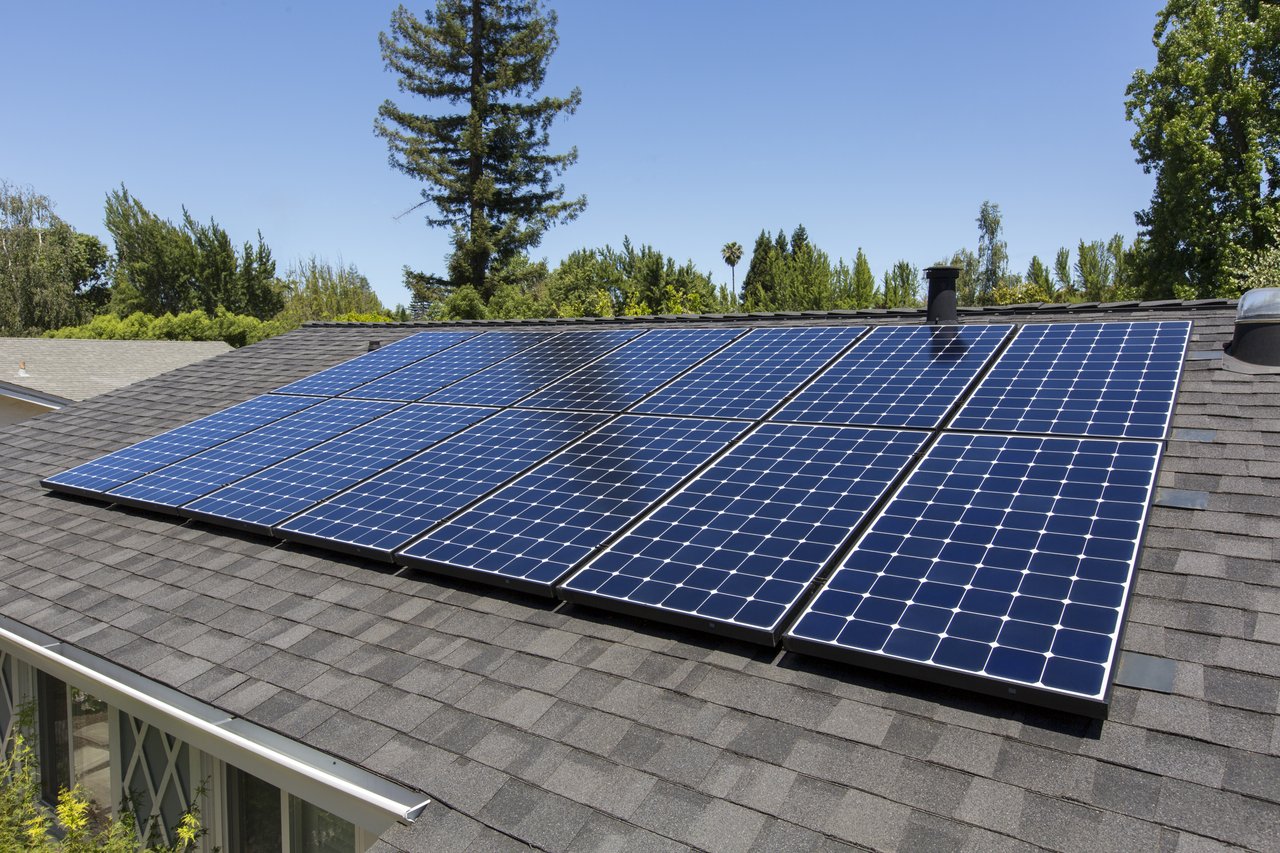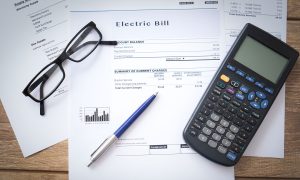Installing solar panels is a significant investment, but one that can pay off handsomely in the long run through reduced energy bills and various incentives and tax credits. However, navigating the complex landscape of solar incentives and tax credits can be a daunting task. In this article, we’ll explore some strategies to help you maximize your savings when going solar.
Unlocking Solar Savings: Simple Tips for Big Benefits
1. Federal Solar Investment Tax Credit (ITC)
The federal solar investment tax credit is one of the most significant incentives available for residential and commercial solar installations. It allows you to deduct a percentage of the cost of your solar system from your federal taxes. Currently, the ITC is set at 30% of the system cost, but it’s scheduled to step down to 26% in 2033 and 22% in 2034 before expiring for residential systems in 2035. It’s crucial to take advantage of this credit while it’s still substantial.

2. State and Local Incentives
In addition to the federal ITC, many states and local governments offer their own incentives for solar installations. These can include tax credits, rebates, performance-based incentives (PBIs), and more. Researching and taking advantage of these incentives can significantly reduce the upfront cost of your solar system.
3. Net Metering
Net metering is a billing mechanism that allows you to receive credit for the excess electricity your solar panels generate and send back to the grid. This credit can be used to offset your electricity costs when your system isn’t producing enough power to meet your needs. While net metering policies vary by state and utility, it’s an important consideration when evaluating the long-term savings potential of your solar installation.
4. Solar Renewable Energy Certificates (SRECs)
In some states, you can earn solar renewable energy certificates (SRECs) for the clean energy your solar system produces. These SRECs can be sold on a market, providing an additional revenue stream and helping to offset the cost of your system.

5. Explore Financing Options
While the upfront cost of a solar system can be substantial, there are various financing options available to make it more affordable. These include solar loans, leases, and power purchase agreements (PPAs). Evaluating these options and choosing the one that best fits your financial situation can help maximize your savings.
6. Work with Experienced Professionals
Navigating the complex world of solar incentives and tax credits can be challenging. Working with experienced solar installers and tax professionals can help ensure you’re taking advantage of all available incentives and properly claiming your tax credits.
By employing these strategies, you can maximize your savings when going solar and accelerate the return on your investment. Remember, incentives and tax credits can change over time, so it’s essential to stay up-to-date and act promptly to take advantage of the most favorable programs.



